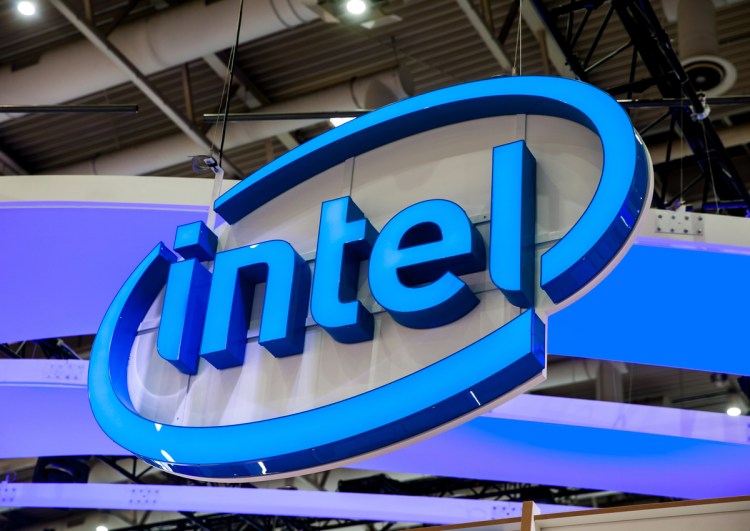Intel has closed its acquisition of Israeli autonomous driving company Mobileye. Originally announced in March, the $15 billion acquisition establishes Intel as a key player in computer vision and related tech for the autonomous driving market – a market that Intel has targeted as key to its future. But Intel’s overall vision goes well beyond Mobileye and autonomous cars. As a result, Mobileye is a key component of a wider platform play for Intel. [Full disclosure: Intel is a client of mine.]
Why Mobileye is the linchpin
The key to making any autonomous system work is the vision sensor and processing algorithms that enable the device to operate autonomously — and safely. Producing such a capability is not easy, and Mobileye has worked on this problem for many years and gained a reputation as a leader in this field. Intel now has a view into nearly all of the efforts taking place in autonomous driving.
Mobileye owns a majority share of the market for visual processing in autonomous car and has partnerships will all the key car and truck manufacturers. This gives Intel the ability to fully understand and directly influence the way the market evolves and to understand the needs of almost the entire marketplace. Based on this input, Intel could ultimately set a direction for the market that could turn into a defacto standard approach. As a result, the acquisition puts Intel in a powerful market position, almost equivalent to “Intel Inside” in the PC world with the x86 architecture. That’s not to say there won’t be competition.
Completing the platform
But it’s not just about the front end. With the acquisition of Mobileye, Intel now owns the entire “autonomous food chain” – from the front end sensors (Mobileye) through to the AI/ML processors (Movidius/FPGA) necessary to execute autonomous driving programs, to the back end cloud processing (Xeon) for creating an ecosystem of required data, and everything in between, including autonomous controller/edge computing (Core/Atom), and even the wireless connectivity/5G (Infineon).
June 5th: The AI Audit in NYC
Join us next week in NYC to engage with top executive leaders, delving into strategies for auditing AI models to ensure fairness, optimal performance, and ethical compliance across diverse organizations. Secure your attendance for this exclusive invite-only event.
No Intel competitor can make that claim. This full set of technologies gives Intel the ability to build out and offer its customers a tighter integration strategy than they would have with a piece-meal approach from multiple vendors. As long as Intel maintains an open platform so others can tie in (Intel will still need to include ARM and Nvidia components, for example), it should get some good market advantage and the ability to build out some compelling partnerships (beyond the current ones like BMW and Delphi).
But from a chip perspective, Mobileye does not (yet) fit well into Intel’s process. Mobileye’s platform is built out of STMicro chips and this won’t likely change in the short term. But in the longer term (3+ years) its highly likely Intel will move the technology to its own silicon manufacturing lines and integrate it with many of its other chip assets for a more integrated hardware component. The company took this approach after its acquisition of Infineon, for example, which initially ran on an ARM platform.
Moving beyond cars
The “autonomous food chain” is highly leveragable to other autonomous vehicles beyond just high end transportation like cars and trucks. The car market gives Intel the ability to invest heavily in R&D due to the large amount the transportation industry is willing to spend. And it’s a market where price alone is not the primary buying criteria, allowing Intel to maintain its sales margins. While “softer” markets won’t allow that kind of investment, Intel can “waterfall” a lot of its tech to address those markets as well, as a consequence of this effort. So Intel potentially wins on both fronts and gets leverage others won’t have.
For cost sensitive markets like personal robots, autonomous healthcare assistants (e.g., wheelchairs, walkers, exoskeletons) and lower-end drone delivery products, this capability will be critical as Intel battles the many ARM ecosystem players, like Qualcomm, who are also targeting this market. Intel is not known as a low-cost provider, but if it can effectively scale down existing tech, it might be able to compete effectively.
Bottom Line: Intel sees autonomous vehicles as a key component of its strategy for the future. Intel paid a hefty price to acquire Mobileye, but it is getting a key component of its overall plan to offer a compelling platform for all things autonomous. Seen in those terms, Mobileye is a strategic investment that should provide Intel with a leveraged payback far in excess of its price and current technology platform.
Jack Gold is the founder and principal analyst at J.Gold Associates, an IT analyst firm based in Northborough, MA., providing research and analysis of the many aspects of business and consumer computing, and emerging technologies.

